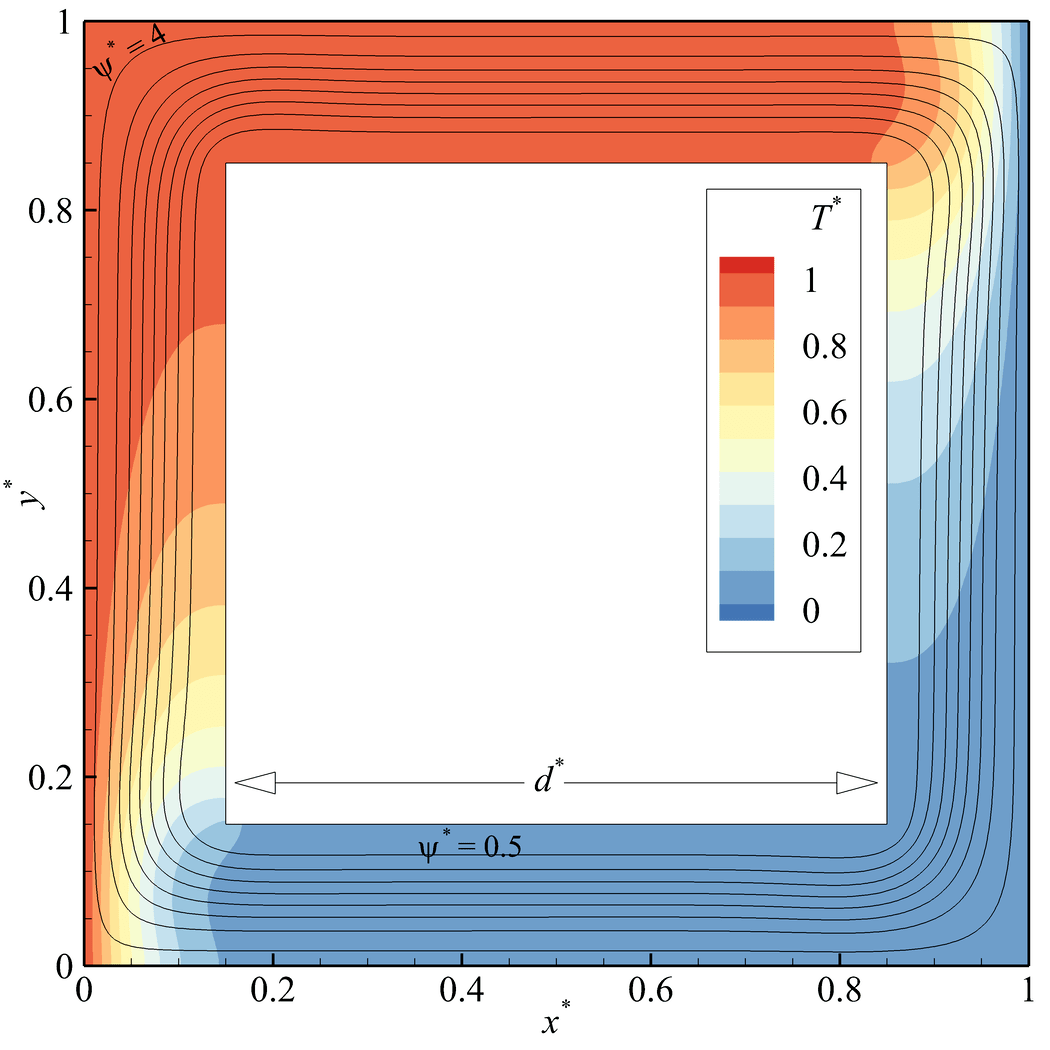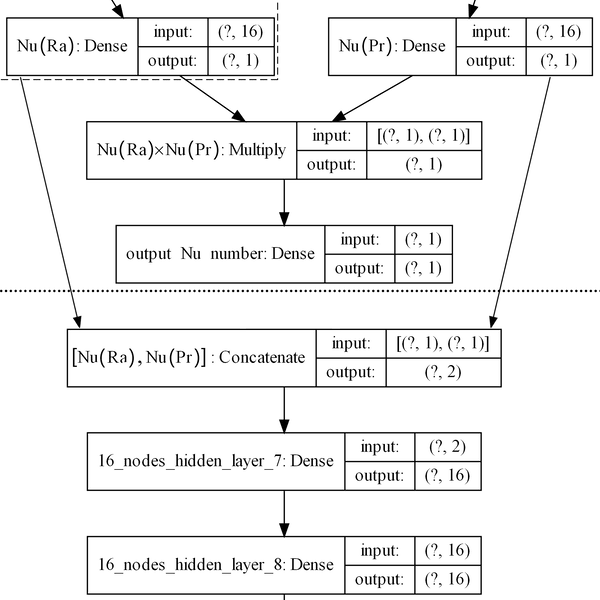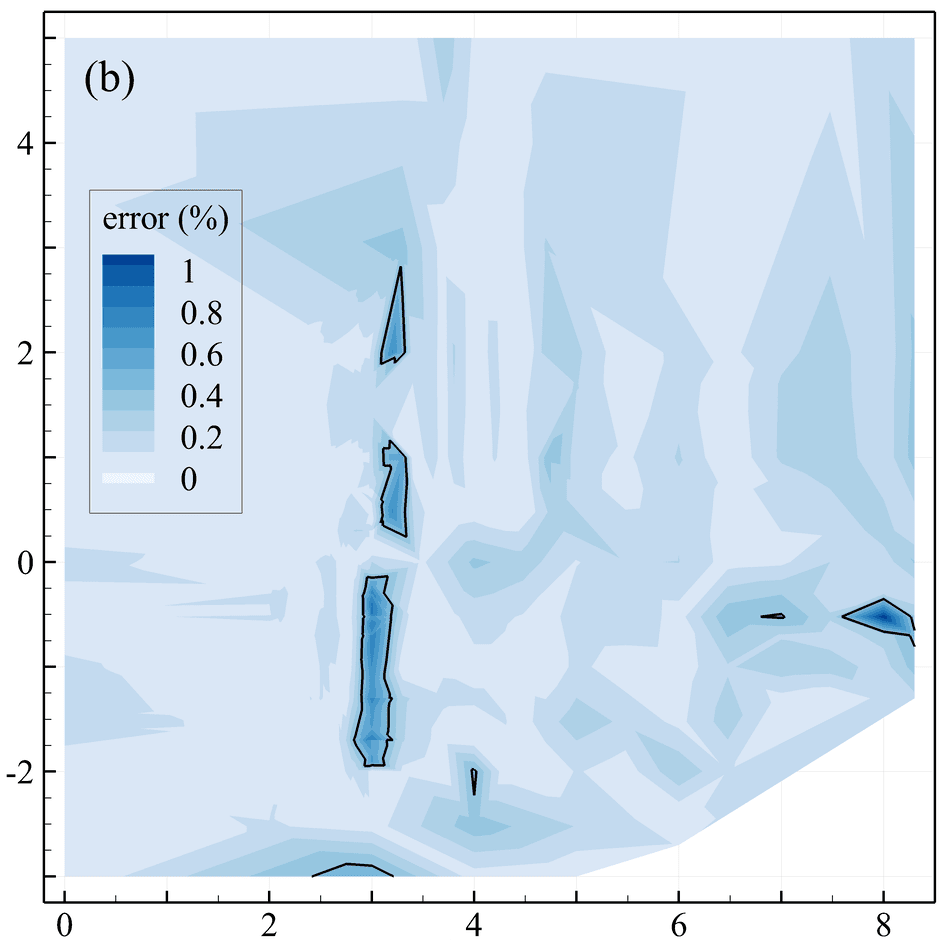Artificial neural networks

Multi-objective optimization of electrode topology in a composite piezoresistive sensor
We optimized the topology of electrodes in the composite piezoresistive sensors for highest sensitivity and lowest power consumption. We used multi-fidelity Finite Element simulations, built deep learning reduced order models, and examined various electrode configurations to find the optimal design.

ANN optimization for building metamodels exploiting a variable batch size training and hyperparameter tuning
We describe an approach to find optimized ANN architectures for building metamodels using the Keras library with TensorFlow as the backend. We use the Hyperband algorithm to optimize the hyperparameters of our model on top of a brute-force tuning by a variable-batch training.

A deep learning metamodel for predicting natural convection in hollow enclosures
By transferring the learning from a metamodel that was already trained to predict the heat transfer rate for natural convection flows in enclosures, we construct a deep neural network to account for enclosures with a centered hole. We demonstrate that a transfer learning approach reduces the computational and training costs.

A transfer learning metamodel using deep neural networks applied to natural convection flows in enclosures
We develop a framework for transfer learning with deep neural networks for natural convection. We consider the benchmark problem of an air-filled enclosure and train our network to predict the heat transfer rate for different Rayleigh inputs. We then transfer the learning to consider enclosures filled with an arbitrary fluid.

A multi-grid simulation framework for metamodeling by artificial neural networks
The numerical simulations using coarse grid systems may provide precise results for a limited range of input parameters. As such, we utilize a multi-grid dataset for training an ANN in order to reduce simulation times. We denoised the dataset, and retrained the ANN based on abnormalities observed in training losses.